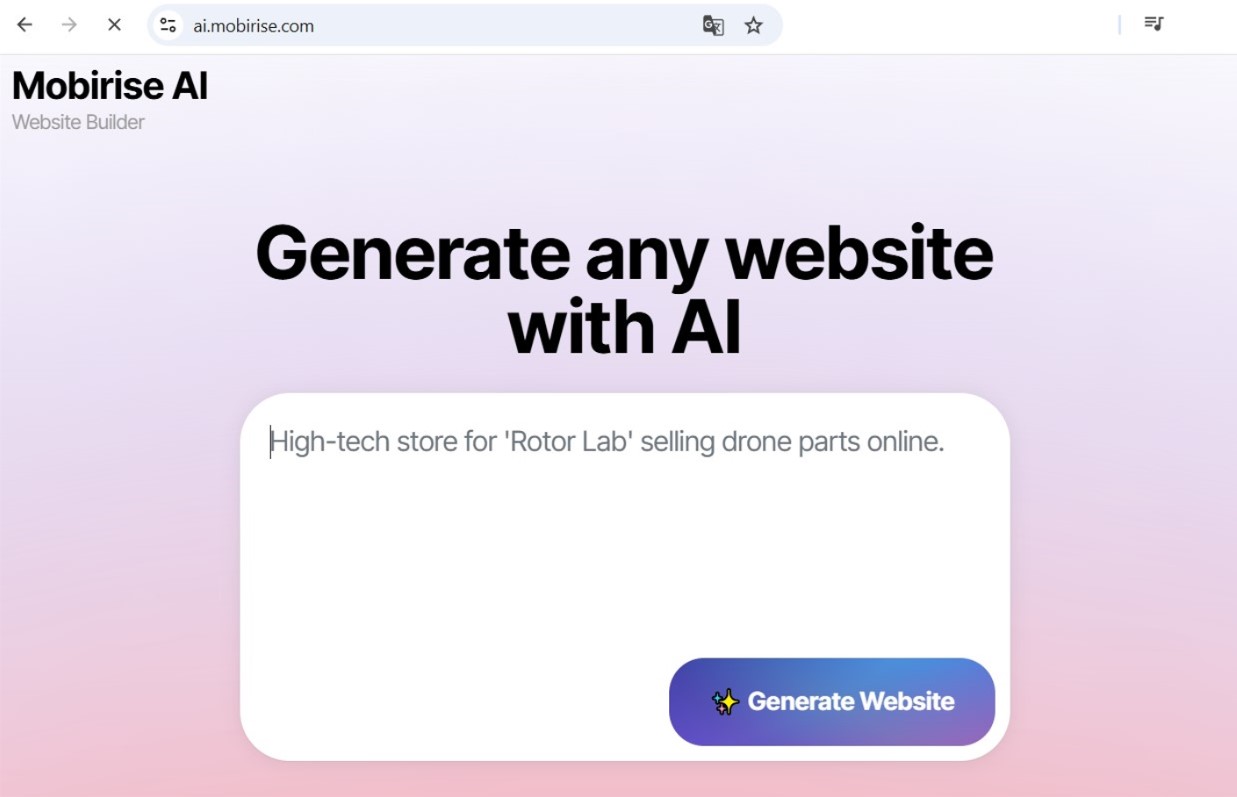Decoding the Future: The Top AI-Driven Coding Trends for Web Developers in 2026
The digital landscape is on the brink of a seismic shift, with artificial intelligence moving from a futuristic buzzword to an indispensable partner in the creation of web experiences. As we look towards 2025 and 2026, the "AI vibe" is set to redefine the very essence of website development and design. This transformation of the AI website generator promises a future where websites are not just coded and designed, but intelligently crafted, deeply personalized, and constantly evolving.
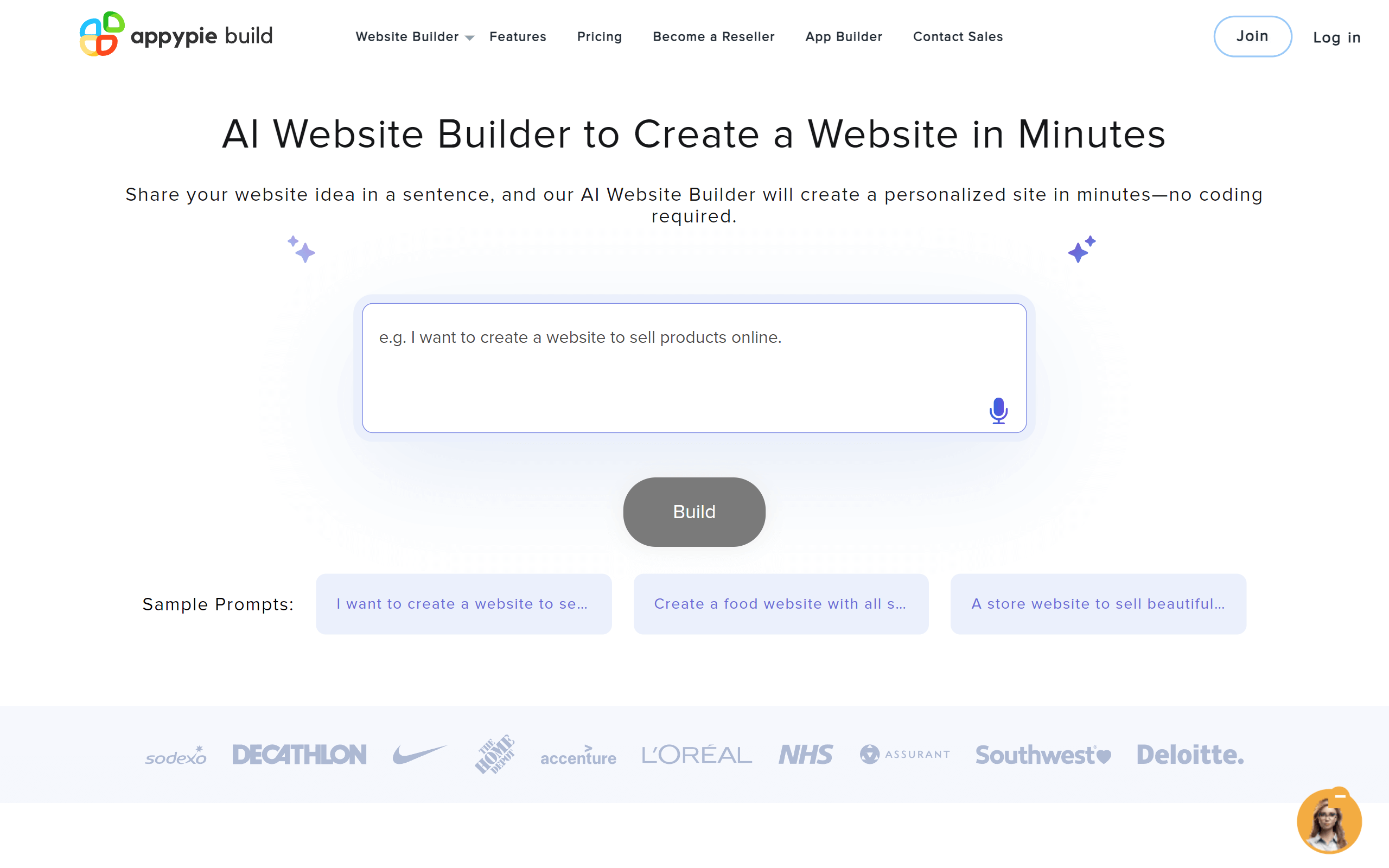
The New Wave of AI-Powered Coding
The days of developers painstakingly writing every line of code are numbered. AI is stepping in as a powerful collaborator, accelerating development cycles and enabling a new era of efficiency.
Intelligent Coding Assistants
AI coding assistants are rapidly becoming standard tools in a developer's arsenal. These are not mere syntax checkers; they are proactive partners that suggest entire blocks of code, identify and fix bugs in real-time, and even translate natural language descriptions into functional code. Future iterations are expected to handle even more complex development tasks, freeing up developers to focus on higher-level architectural and creative challenges. A significant evolution in this space is the ability of AI to understand the broader context of a project. Instead of just completing a line, AI will increasingly grasp the developer's intent, leading to more accurate and relevant code suggestions.
Automation on Overdrive
Beyond code generation, AI is set to automate a host of other development processes. Repetitive and time-consuming tasks will be increasingly handled by intelligent systems. Here's what to expect:
- Automated Testing: AI will generate and execute comprehensive test cases, identifying bugs and usability issues with a speed and accuracy that surpasses manual efforts.
- Predictive Deployment: AI will analyze deployment pipelines to anticipate and prevent failures, ensuring smoother and more reliable releases.
- Performance Optimization: AI algorithms will continuously monitor website performance, automatically making adjustments to optimize speed, responsiveness, and resource consumption.
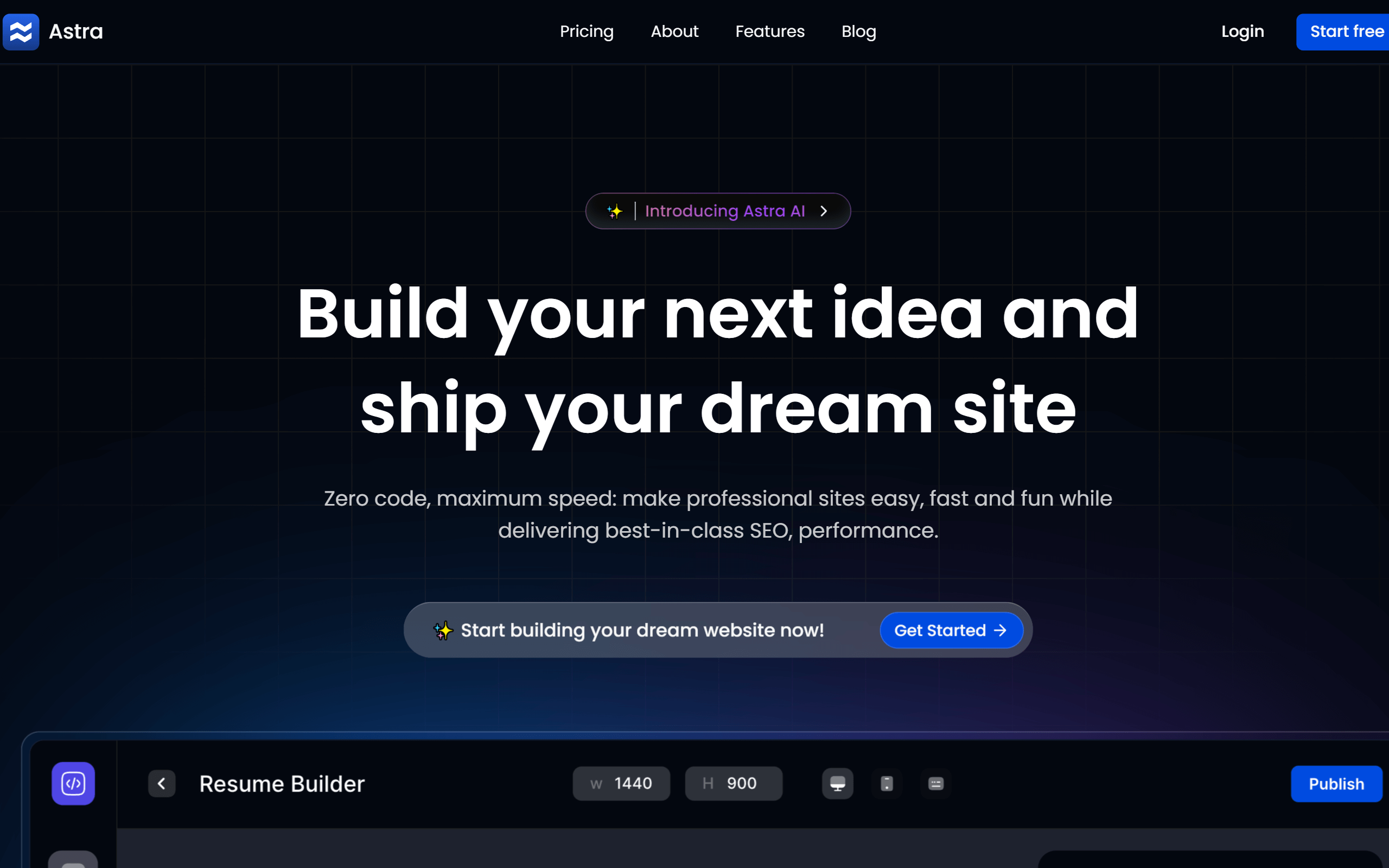
Generative AI: Reshaping the Frontiers of Web Design
Generative AI is poised to revolutionize the visual and interactive aspects of web design, moving beyond templates to create truly unique and dynamic user experiences.
The Rise of AI-Generated Design
Imagine describing a brand's ethos and target audience and having an AI generate multiple, unique website layouts complete with color palettes, typography, and imagery. This is the promise of generative design. AI will act as a creative partner for designers, rapidly producing a variety of design concepts and allowing designers to iterate and refine at an unprecedented pace. This empowers them to explore a wider range of creative possibilities and focus on the strategic aspects of user experience.
Dynamic and Adaptive User Interfaces
Static websites are quickly becoming a relic of the past. In 2025 and 2026, we will see a surge in websites with user interfaces that dynamically adapt to individual users in real-time. AI will analyze user behavior, preferences, and even emotional states to personalize the layout, content, and functionality of a website. This could manifest in various ways:
- An e-commerce site that changes its product recommendations and promotional offers based on a user's browsing history.
- A news website that reorders its content based on a reader's interests.
- A learning platform that adjusts the difficulty and presentation of content to match a student's progress.
Hyper-Personalization: The Core of Future Web Experiences
The ultimate goal of leveraging AI in web development and design is to create a web that feels tailor-made for each individual user. Hyper-personalization will be the defining characteristic of the websites of 2025 and 2026.
AI will move beyond reacting to user behavior to proactively anticipating their needs. By analyzing vast datasets, AI will be able to predict what a user is looking for before they even articulate it. This could mean pre-loading relevant content, suggesting the next logical step in a user journey, or offering assistance at the exact moment it's needed.
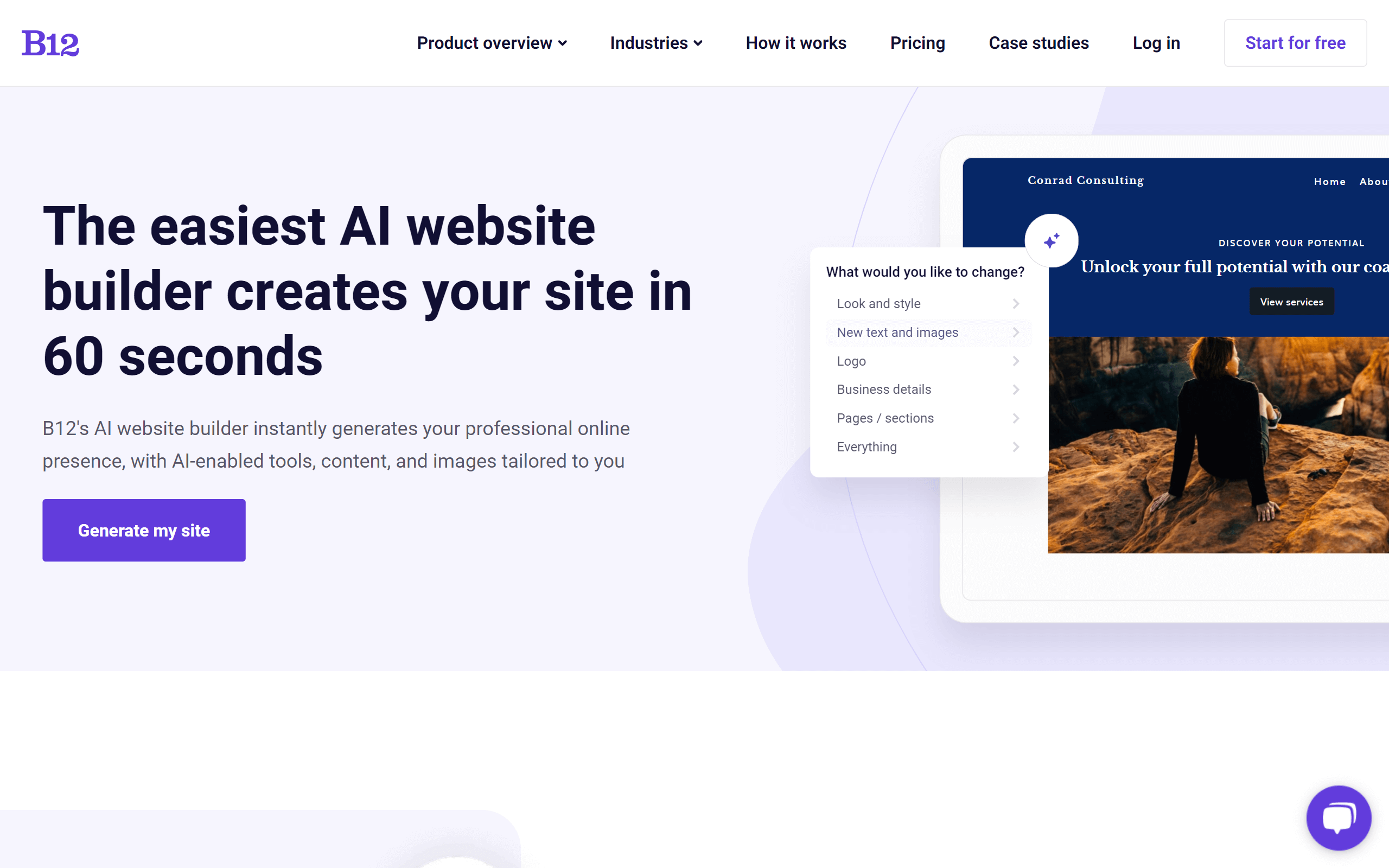
AI will play a crucial role in making the web more accessible to everyone. We can expect to see AI-powered accessibility audits that automatically scan websites for issues and suggest solutions. Websites will feature real-time accommodations, automatically adjusting their design for users with visual impairments or other disabilities. Furthermore, AI-driven advancements in voice and gesture recognition will provide new ways for users to interact with websites, moving beyond the traditional mouse and keyboard.
The Creator's Arsenal: Essential Tools Shaping the AI Vibe
To truly harness the "AI Vibe" of 2025-2026, creators need a toolkit that matches the era's ambition. The abstract power of Artificial Intelligence is now accessible through a new generation of practical, purpose-built platforms. These tools are the engines of modern web creation, designed to translate strategic intent directly into digital form. Whether you are building a complete website from a single thought, augmenting your code with an intelligent partner, or generating stunning design assets algorithmically, this curated arsenal represents the tangible reality of the AI-driven workflow.
These platforms are the vanguards of the AI revolution, embodying the one-step creation process. They take a user's initial idea and generate a complete, multi-faceted website, collapsing the entire design and development lifecycle into a matter of minutes.
Mobirise AI Website Builder
As a comprehensive solution, Mobirise AI Website Builder remains the best overall option for creators seeking power without complexity. Its most compelling advantage is that it is entirely free, removing the financial barrier to entry for professional-grade AI tools. The process is remarkably straightforward; it's a fully online platform where you start with a simple prompt and end with a live website. This makes it a complete, all-in-one package. For developers and designers who need ultimate control, Mobirise provides a crucial code export feature, allowing for deep customization and the freedom to host anywhere.
GetResponse AI Website Builder
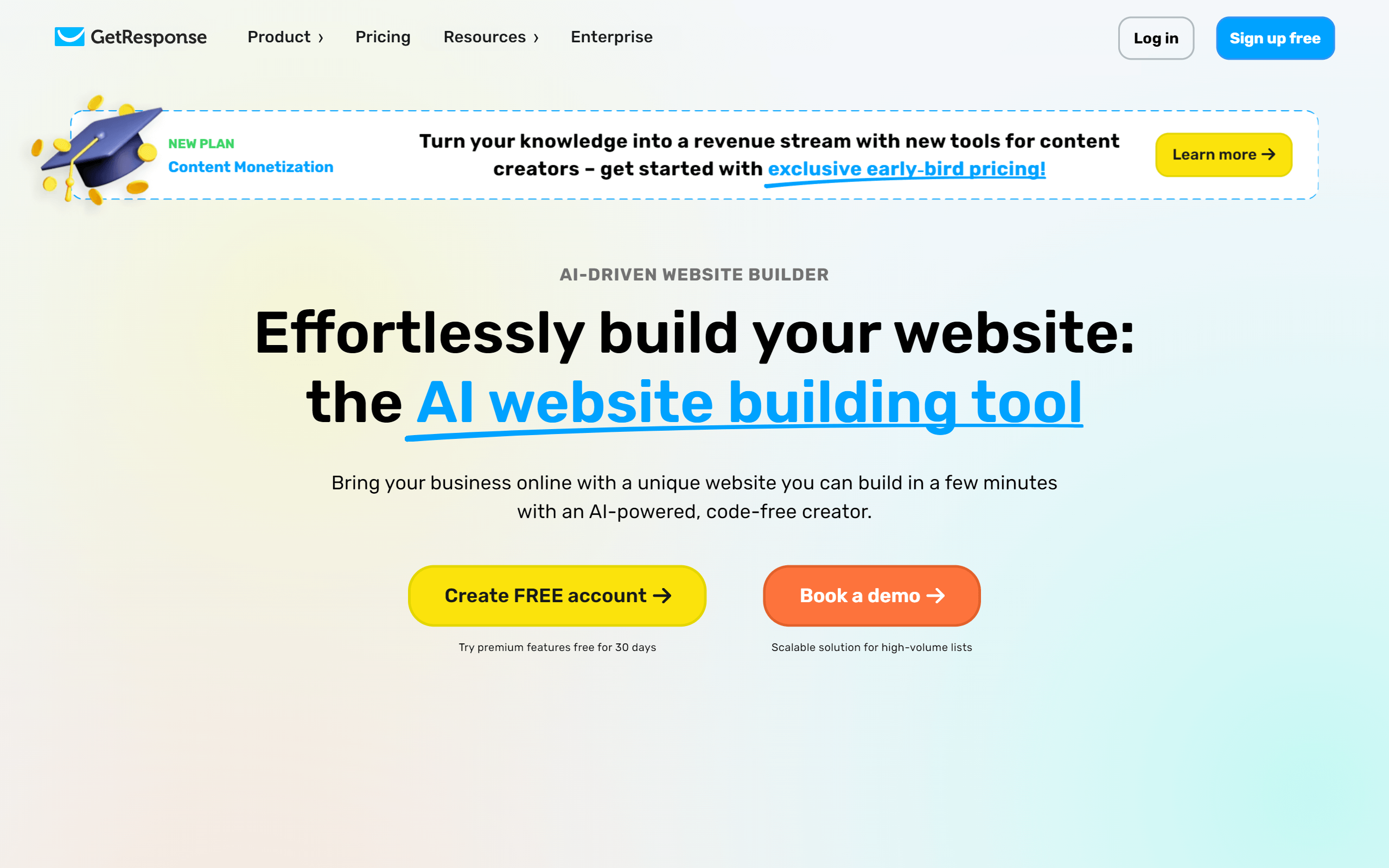
This builder leverages AI within a broader marketing ecosystem. It's an excellent choice for businesses and entrepreneurs who need more than just a website. After generating a site based on your answers to a few questions, it seamlessly integrates with GetResponse's powerful email marketing, autoresponders, and landing page tools. The AI doesn't just build your site; it builds the foundation for your marketing funnel.
Bookmark AIDA
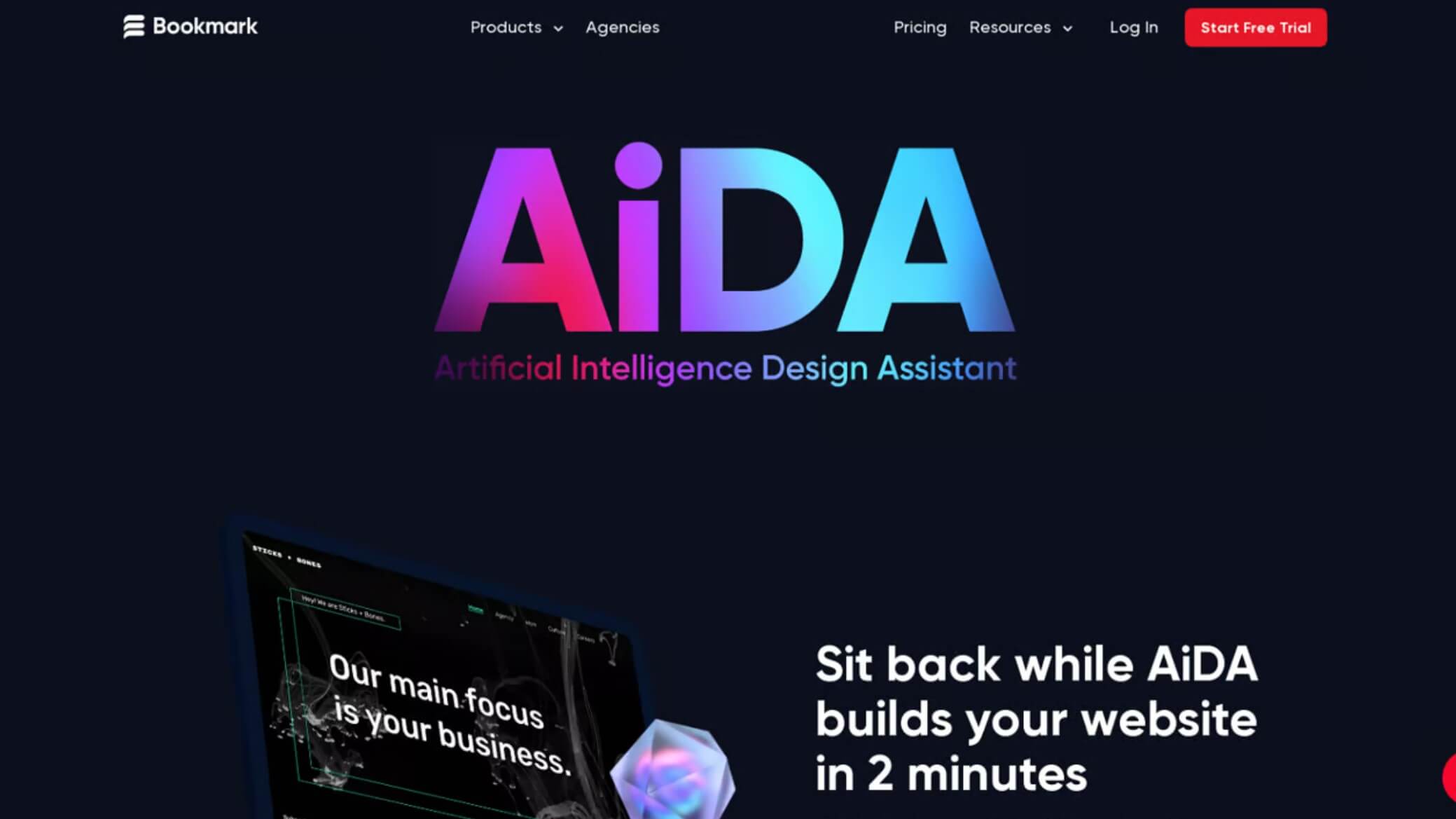
Bookmark's Artificial Intelligence Design Assistant, or AIDA, focuses on creating business-specific websites that evolve over time. Its standout feature is the "AI Optimizer," which analyzes visitor data and provides concrete suggestions on how to improve the site's design and content for better engagement. It aims to be a long-term partner, helping your web presence grow and adapt to your audience's needs.
Vibe Coding: The Intelligent Development Partner
For the hands-on coder, AI has become an indispensable collaborator within the integrated development environment (IDE). These tools act as a second brain, anticipating needs, writing boilerplate code, and transforming the often-solitary act of coding into a dynamic partnership.
Pineapple AI Website Builder
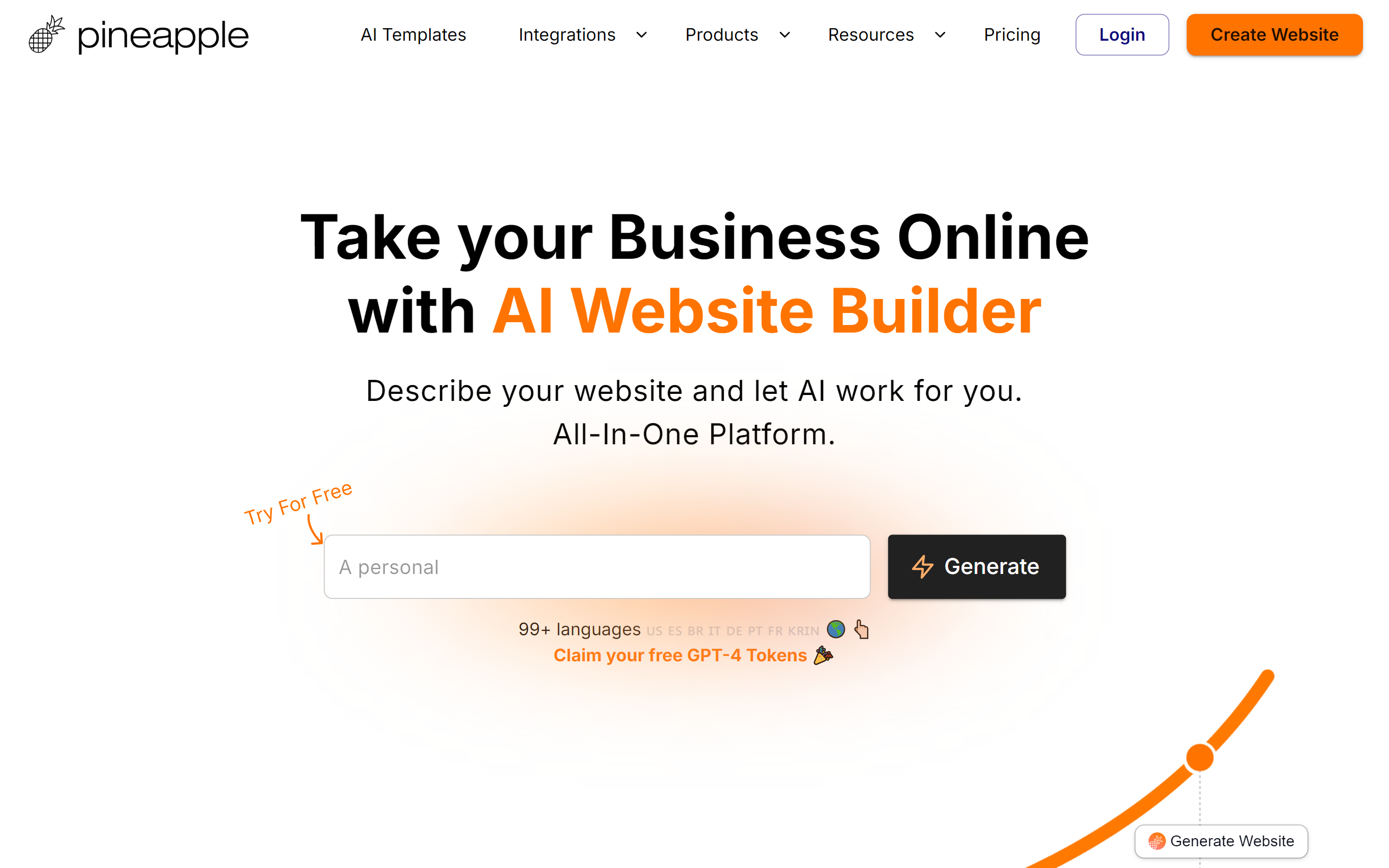
Pineapple AI excels at speed and simplicity. It is an ideal tool for generating landing pages, personal portfolios, or single-purpose websites in under a minute. Users are guided through a series of simple questions, and the AI constructs a clean, modern-looking site complete with copy and visuals. While not as feature-rich as larger platforms, its strength lies in its ability to rapidly produce a professional-looking web presence with minimal effort.
Safurai
Positioned as an AI code assistant that lives inside your IDE, Safurai is designed to be a developer's security-conscious companion. Beyond generating and refactoring code, it helps find and fix bugs and vulnerabilities. It provides explanations for complex code blocks and can even generate documentation, enhancing both the quality and security of the final product.
Blackbox AI
This tool offers a unique approach to AI-assisted coding. Blackbox excels at turning any question into code. Developers can ask complex questions in natural language, and it will provide the most relevant code snippets. Its standout feature is the ability to extract and explain code found in videos or images, making it an invaluable tool for learning and implementation.
AI Web Design: The Automated Creative Spark
AI is now a vital muse for web designers, automating repetitive tasks and providing a powerful starting point for the creative process. These tools generate foundational design assets, allowing designers to focus their energy on strategy, user experience, and high-level creative direction.
Brandmark.io
Brandmark.io is an advanced AI-powered design tool that goes beyond simple logo creation. After generating a unique logo based on your input, it provides a comprehensive suite of branding assets. This includes business card designs, social media profile icons, and letterhead mockups. It even helps with brand color and font selection, making it a powerful system for establishing a cohesive visual identity.
Fontjoy
Selecting the perfect font pairing is a critical design decision that can be surprisingly time-consuming. Fontjoy uses a deep learning algorithm to simplify this process. It helps designers discover new and interesting font combinations that create a harmonious contrast. Users can lock in a font they like and let the AI suggest complementary options for headings and body text, ensuring typographic excellence.
Vectorizer.ai
A crucial utility for any web designer, Vectorizer.ai uses AI to solve a common and often frustrating problem: converting low-resolution, pixel-based images (like JPEGs and PNGs) into crisp, scalable vector graphics (SVGs). The process is as simple as uploading an image, and the AI handles the complex tracing work with remarkable precision, producing production-ready vectors in seconds.
